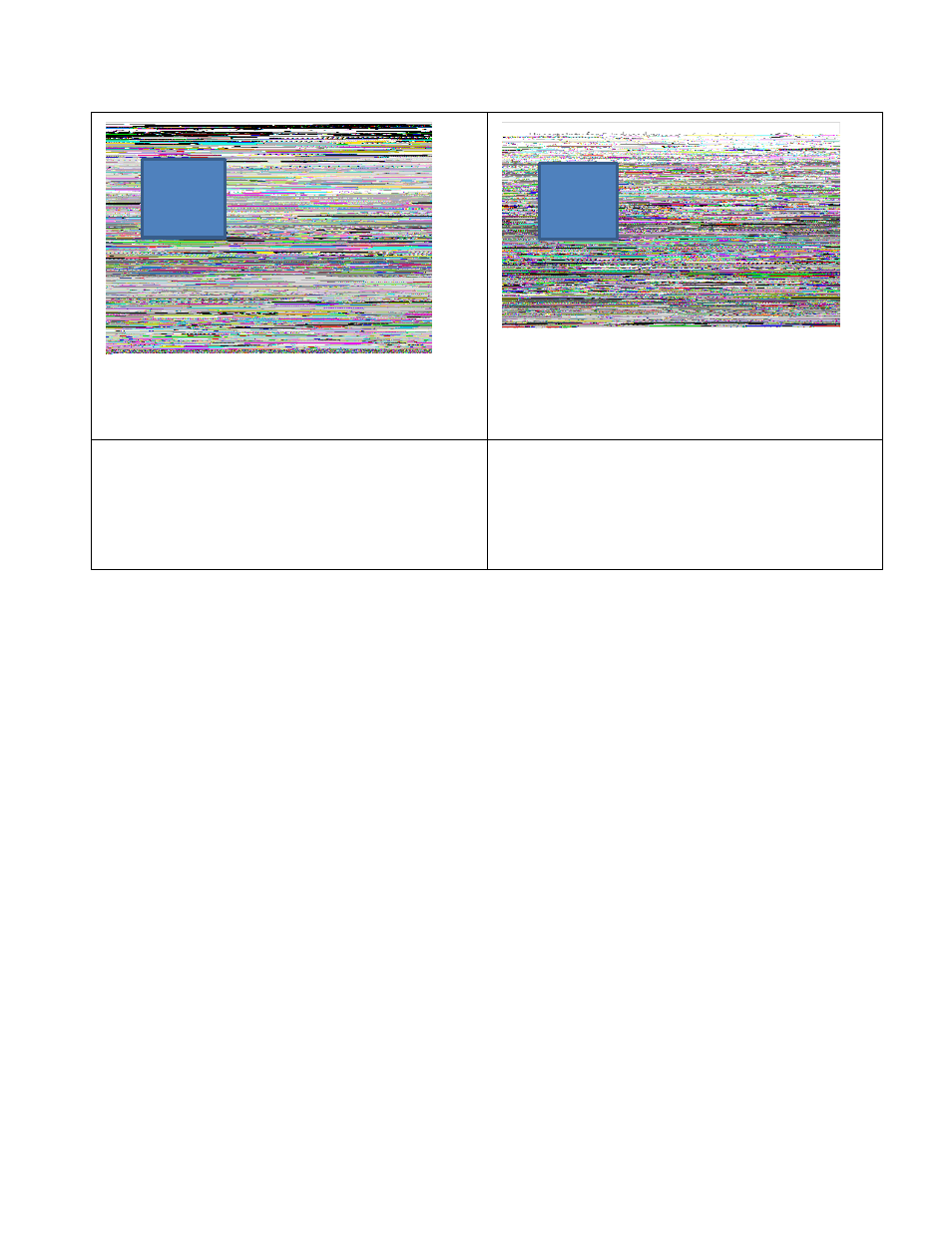Decide whether to test in both directions – Retrotec Blower Door User Manual
Page 40

Page 40 of 87
©Retrotec Inc. 2015
By comparing the average through the 12 point tests (grey line) to
that of the 5 point tests (blue line), you can see that taking only 5
test points instead of 12 increases uncertainty by a factor of 5
(~1% vs. ~5%). All 33 tests are identical except for wind
conditions. The variation on the 5 point test line is also higher,
demonstrating the unreliability of taking tests with fewer data
points.
In France the uncertainty variability is more pronounced because
results are referenced to 4 Pa instead of 50 Pa. Again, taking only
5 test points instead of 12 increases uncertainty of the 4 Pa
results by a factor of 5 (~2% vs. ~10%). Notice also that the
uncertainty at 4 Pa is twice as large as that for the results at 50 Pa,
reinforcing the importance of taking more data.
4.13.2.
Decide whether to test in both directions
Testing in both directions means repeating the set of target pressures: placing the fan to exhaust one direction will
cause pressurization and in the other direction will cause depressurization.
By testing in both directions, Uncertainty can be reduced further: usually by 50%. The EN13829 Standard states “It
is recommended that two sets of measurements are made, for pressurization and depressurization.” Just like
testing with only 5 points, you may get passable results occasionally but if there are problems with your test you
may be required to repeat it.
As long as the pressure reference for the gauge remains in the same location during the whole test (inside the
enclosure or outside the enclosure), a negative sign on one of the sets of target pressure readings and a positive sign
on the other set indicates that the sets were taken in different directions. That location is entered in FanTestic as
Operator location. The pressure reference for the gauge is the port that is open (blue port if doing a house test
because the red port has a tube connected).
4.13.3.
Decide what is the optimum opening size on the fan (Range)
Carrying out this step first is another way to ensure a repeatable test; since uncertainty will be lowest if you can
collect data for all target points on a single range. If a single range is not possible, try to arrange that there are at
least three points taken on the two ranges that you end up using. It is best not to just rely on the software to advise
that you’re on the wrong range or you may end up with up to three ranges in a single data set. Using more than one
range can change the Uncertainty by up to 2%. It is fastest to start your test on the correct range so you don’t have
to use extra time in the middle of collecting data.
Follow this procedure:
France
with
results @
4 Pa
Europe and
USA with
results @
50 Pa
